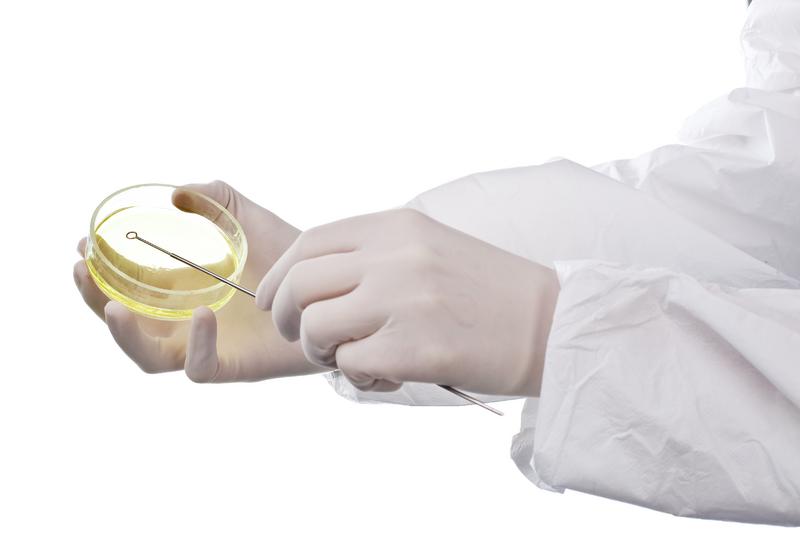Organovo is one of the major players in the 3D bioprinting space. They have already 3D printed human liver tissue, and have an ultimate goal of 3D printing a fully functioning human liver. It may sound unbelievable but  most researchers we have spoken with say that such a feat will be possible in the not too distant future. The company, headquartered in San Diego, California, has been getting quite a bit of publicity, both positive and negative as of late, especially after their stock price dropped over 50% from its highs earlier this year.
most researchers we have spoken with say that such a feat will be possible in the not too distant future. The company, headquartered in San Diego, California, has been getting quite a bit of publicity, both positive and negative as of late, especially after their stock price dropped over 50% from its highs earlier this year.
Today, the government in Queensland, Australia’s third most populated state, announced that the University of Queensland’s commercialization company, UniQuest, has signed an agreement with Organovo to further the development of 3D printed human kidney tissue. The Minister for Science and Innovation of Queensland, Ian Walker stated that the tie-up will enable Organovo to use the kidney cells which Unitech has grown, to print out sample kidney tissue.
“Professor Melissa Little and her team made a huge leap forward in stem cell technology last year by growing a tiny kidney in a laboratory dish,” stated Mr Walker. “One in three Australians are at risk of developing chronic kidney disease so what Professor Little accomplished last year was a hugely important development. The
agreement with Organovo, the world leader’s in 3D printing of human tissue, will optimize the cells created using Professor Little’s technology in order to print kidney tissues from them using 3D bioprinting.”
Professor Little has been helped along with her remarkable research, thanks to a grant provided by the Queensland government for $1 million. The funds have allowed Little to expand her research, and this has apparently paid off in a significant way.
The kidney tissue will eventually be sold off to drug companies who will use it to test their drugs for kidney toxicity, prior to human trials. Doing so, will save the the industry a tremendous amount of time and money, usually wasted on human trials which end because of high toxicity levels. The kidney tissue will also allow researchers to model diseases better, hopefully leading to new cures or treatments for a variety of ailments.
The long term goal of Professor Little and Organovo is to 3D print actual human kidneys for transplant. According to researchers, such technology is probably still a decade or more off. However, once it’s available, millions of lives could be saved each year. Discuss this agreement, at the 3D printed Kidney forum thread on 3DPB.com
Subscribe to Our Email Newsletter
Stay up-to-date on all the latest news from the 3D printing industry and receive information and offers from third party vendors.
You May Also Like
Gorilla Sports GE’s First 3D Printed Titanium Cast
How do you help a gorilla with a broken arm? Sounds like the start of a bad joke a zookeeper might tell, but it’s an actual dilemma recently faced by...
Nylon 3D Printed Parts Made More Functional with Coatings & Colors
Parts 3D printed from polyamide (PA, Nylon) 12 using powder bed fusion (PBF) are a mainstay in the additive manufacturing (AM) industry. While post-finishing processes have improved the porosity of...
$25M to Back Sintavia’s Largest Expansion of Metal 3D Printing Capacity Since 2019
Sintavia, the digital manufacturing company specializing in mission-critical parts for strategic sectors, announced a $25 million investment to increase its production capacity, the largest expansion to its operations since 2019....
Velo3D Initiates Public Offering in a Bid to Strengthen Financial Foundations and Drive Future Growth
Velo3D (NYSE: VLD) has been among a number of publicly traded 3D printing firms that have attempted to weather the current macroeconomic climate. After posting a challenging financial report for 2023,...
































